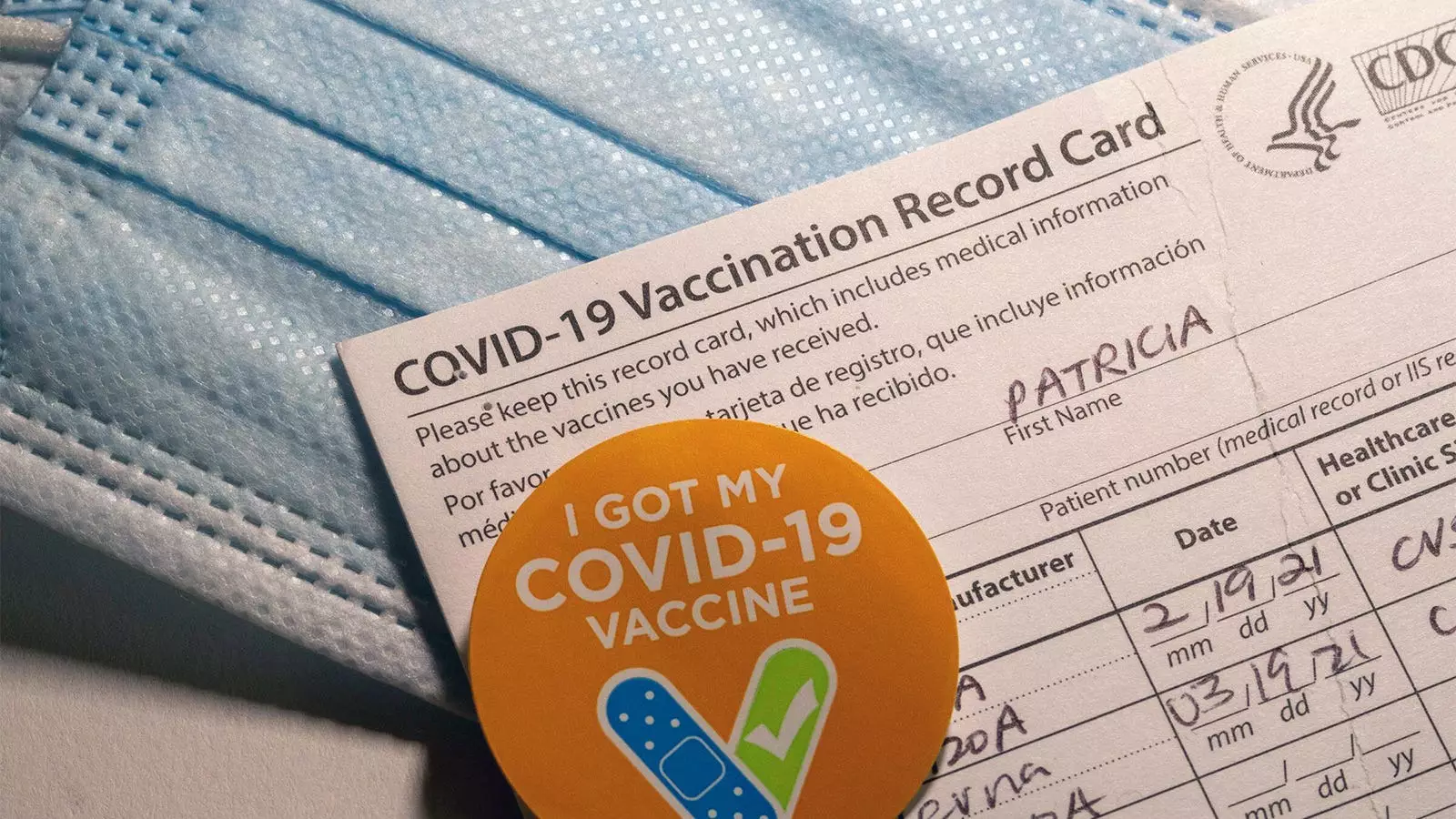The COVID-19 pandemic has tested the resilience of numerous government systems in the United States, particularly in the realm of public health and emergency response. One significant program that faced an overwhelming surge of activity is the federal Countermeasures Injury Compensation Program (CICP). Launched in 2009 under the Public Readiness and Emergency Preparedness Act (PREP), the CICP provides a safety net for individuals who experience serious injuries or deaths as a direct result of receiving certain medical countermeasures. Analyzing the findings of a recent report by the U.S. Government Accountability Office (GAO) reveals both the substantial challenges and the immediate responses of the CICP during the pandemic.
The statistics surrounding the influx of claims to the CICP are staggering. The GAO report details that the program received a shocking 13,333 claims due to COVID-19, eclipsing the total of 491 claims submitted over its first ten years. This phenomenon indicates not only the urgency of public health measures during a global crisis but also reflects a heightened awareness and concern among the populace regarding the safety of newly developed vaccines and treatments.
As public health agencies scrambled to combat the virus, individuals affected by countermeasures sought recourse through the CICP. Notably, 3,483 of these claims have been evaluated, with only 92, or approximately 3%, deemed eligible for compensation. This raises critical questions about the thresholds for compensation and the evidentiary standards applied by the Health Resources and Services Administration (HRSA), which administers the CICP. The findings prompt broader discussions about how effectively the program can respond to the needs of the public in a timely manner during emergencies.
As of June, HRSA awarded compensation for 51 of the 92 approved claims, distributing nearly $6.5 million in total. Significantly, a large portion of this sum — $6.1 million — was allocated towards injuries related to the H1N1 vaccine, evidencing that past experiences with vaccine injury assessments have likely shaped current compensatory structures. In the face of relatively limited compensation awards related to COVID countermeasures — approximately $419,000 relating to conditions such as myocarditis — the trajectory of how these claims are adjudicated and compensated must be subject to scrutiny.
The discrepancy in funding allocation, particularly the high variance in compensation (ranging from $31 to nearly $2.3 million per claim), begs an examination of the coherence and consistency of guidelines under which compensation decisions are made. It emphasizes the need for transparent processes that delineate how benefits are calculated and awarded, especially as societal reliance on vaccination gains ground in the aftermath of the pandemic.
One of the most pressing challenges faced by CICP throughout this crisis has been staffing shortages. Beginning the pandemic with just four staff members, the program has been burdened by the sheer volume of claims that require nuanced medical and administrative evaluations. The GAO report indicates that the high demand for reviews, particularly those related to COVID, has strained an already limited workforce and outdated processing systems.
This lack of adequate resources becomes particularly problematic when considering that more than 80% of 486 requests for reconsideration arose due to disagreements over administrative decisions rather than clinical evaluations. The inability to swiftly and adequately address claimants’ concerns puts an additional strain on an already beleaguered system.
Moreover, the report highlights the significant role that medical and scientific evidence plays in adjudication. The absence of robust, definitive studies linking COVID countermeasures to adverse reactions complicates the determination of causal relationships, thus undermining the system’s ability to provide fair assessments. This uncertainty chronicled by HRSA further exacerbates the frustrations faced by claimants seeking compensation for injuries incurred.
The surge of claims resulting from the COVID-19 pandemic presents an opportunity for reflection and reformation of the CICP. Responding to the challenges laid bare by the GAO report could lead to a reevaluation of staffing protocols, allocation of resources, and improvement of information technology systems. Establishing a more robust medical review framework based on evolving research could enhance the integrity of adjudications and bolster public confidence in the compensatory system.
As society continues to navigate the complexities of vaccine development and distribution, the lessons learned from the COVID-19 experience may well inform future public health crises. Ensuring that the CICP can effectively operate in times of emergency is crucial to maintaining both public trust and the overall effectiveness of public health initiatives. With transparency, reform, and a commitment to continuous improvement, the CICP can emerge stronger and more capable for the challenges that lay ahead.


Leave a Reply